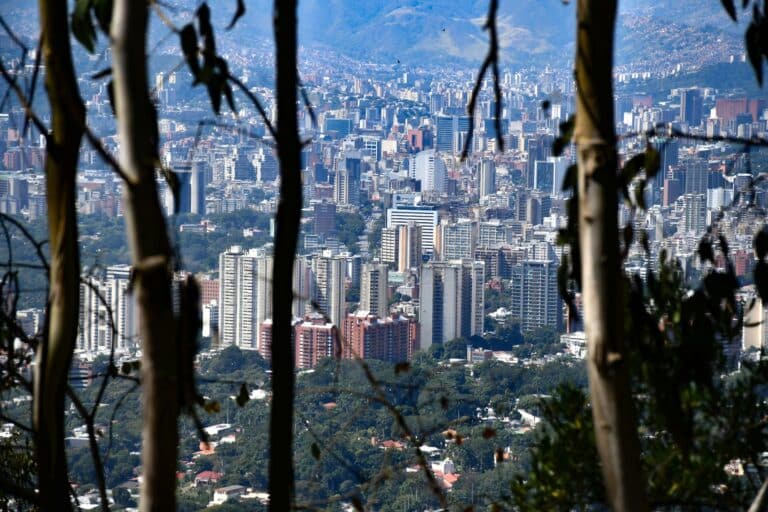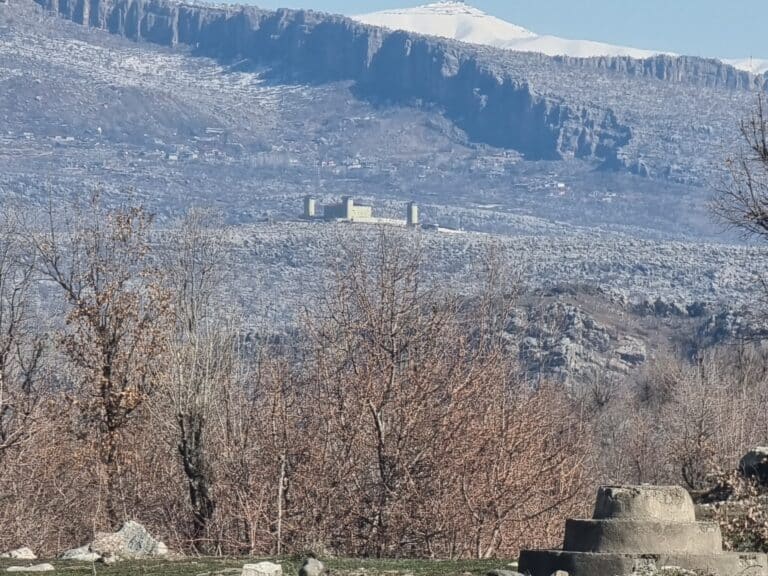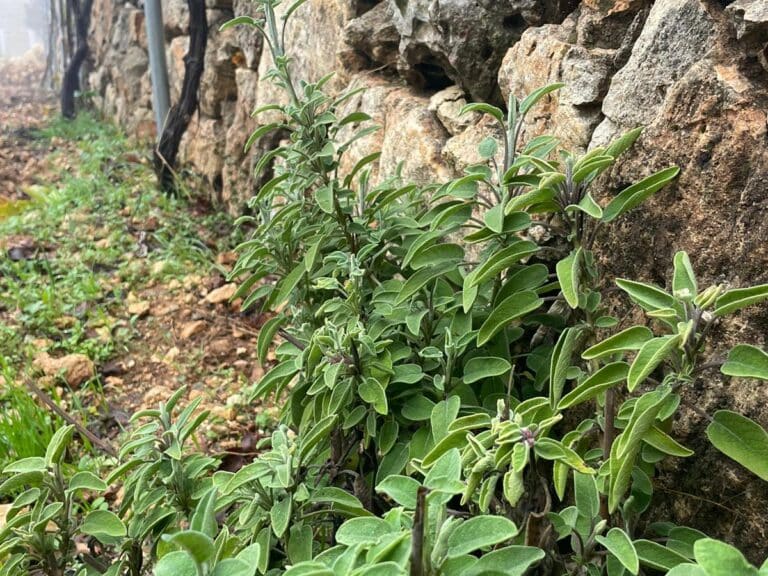CPTnet
11 October 2011
ABORIGINAL JUSTICE REFLECTION: Where do they fit?
by Muriel Schmid
[Note: Schmid was part of the August 2011 CPT Aboriginal
Justice delegation.]
At approximately 10:00 a.m., our delegation enters the
Kenora museum. We have decided to visit
its permanent exhibit and take a historic walking tour through the town, led by
a local theater troop and sponsored by the museum. Since we arrived a few days ago, we have
mostly met people from or close to Aboriginal communities in the area; we are
wondering how the museum will integrate their side of the story.
The museum is not big—one open space divided into three
levels where the visitor walks through a chronological history of Kenora. This display follows a usual way of organizing
historical facts. In this historical
paradigm, Aboriginal communities are logically located at the very beginning of
the timeline and are, little by little, erased by what appears to be progress,
civilization, and modernization. In
fact, in this particular display, they are almost non-existent, buried in one
single dark room under a pile of native unlabelled artifacts. Some of us get to the end of the exhibit and,
having missed the very first room of the Museum, are still looking for any reference
to Aboriginal communities.
Most museums follow the same chronological way of organizing
material. In the context of our
delegation, however, the visit at the local museum illustrates a broader issue:
where do the Aboriginal communities fit? Who is telling their story? How do we balance
narratives? How do we create space for
alternative versions of the dominant narrative?
Right after our visit of the museum, we join the historic
walking tour of downtown Kenora. We
learn about Kenora’s buildings and a few historical figures. We also viewed fourteen murals. There too, the narrative fails to mention the
First Nations of the region and only one mural refers to Aboriginal history. Entitled Anishanabi
Ahsi, “It honors the religious traditions and life of the first people of
the area, the Ojibway,” as the official website of Kenora puts it
[https://www.kenora.ca/portal/tourism/slide/murals/index_html.html]. It was painted in 1998 by Louis Ogemah who
grew up on the Rat Portage Reserve. This
mural represents the only visible artistic presence of the First Nations in
Kenora. Our guide does not mention it.
It may be helpful to approach history as a giant maze rather
than a straight line and let ourselves feel disoriented. If we look at history from this perspective,
the murals of Kenora could perhaps teach us a lesson: they are images that
cover without erasing, new layers on old roots, new visions incorporated into
existing landscape.
Our visit at the Kenora Museum was scheduled right in the
middle of our delegation; it made us face the making of history, ultimately
inviting us to listen to forgotten stories. We have now gone back to our own environment;
let’s hope someone will be listening with us.
Resources:
A People’s History of The United States by Howard Zinn
Documentary, Shielded Minds



